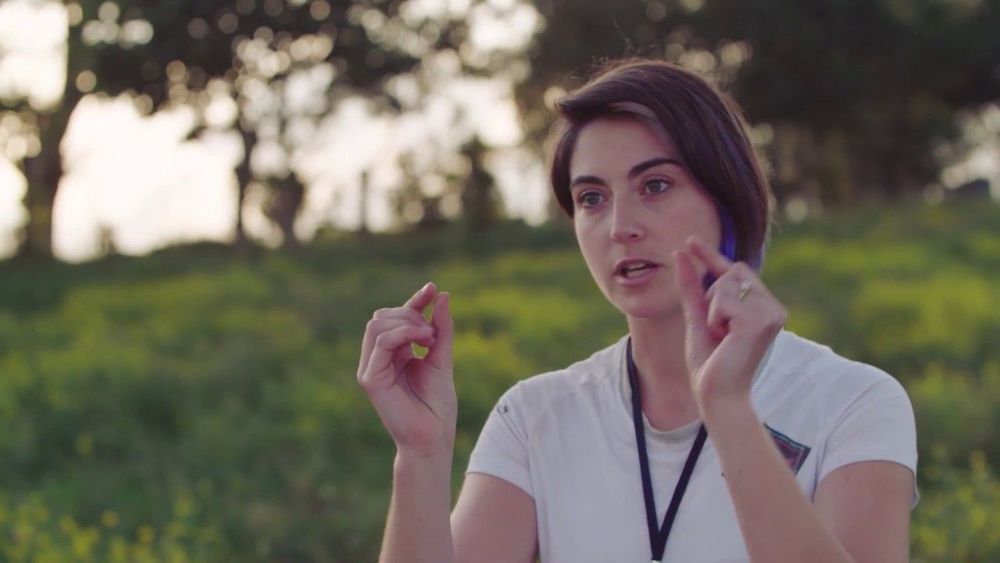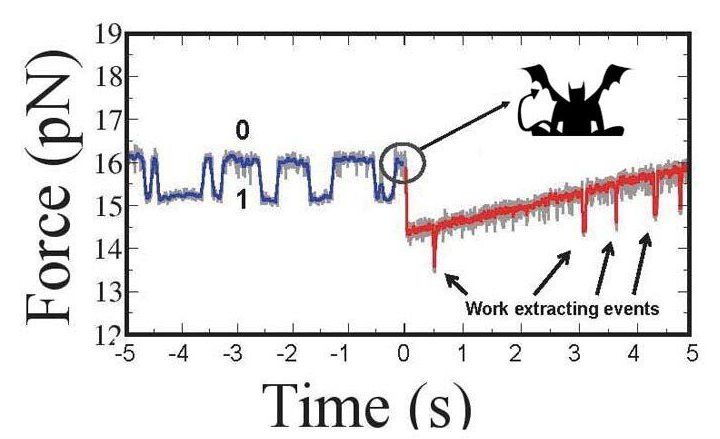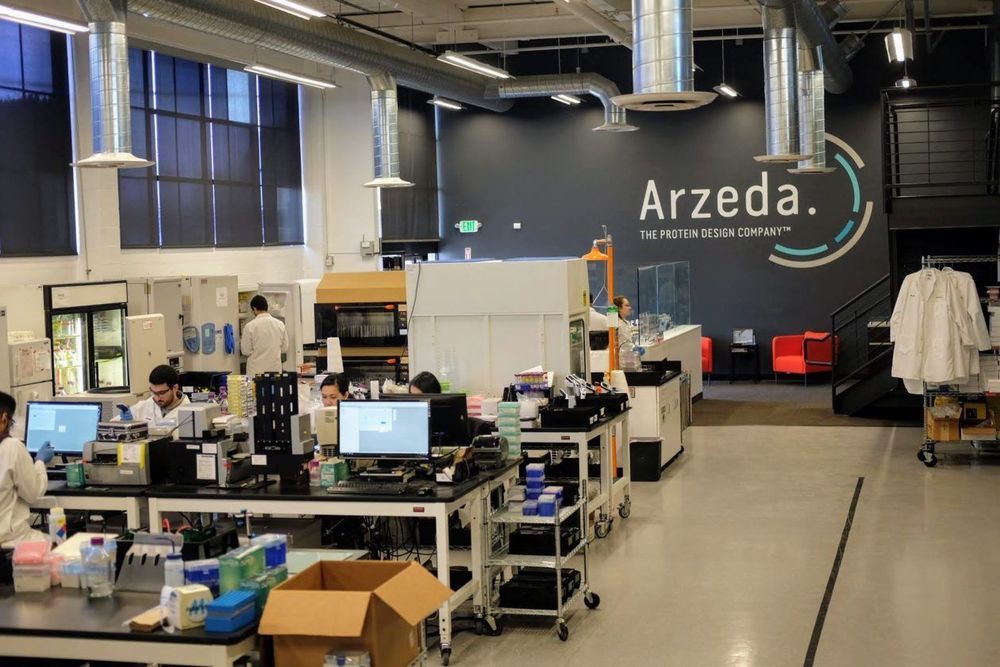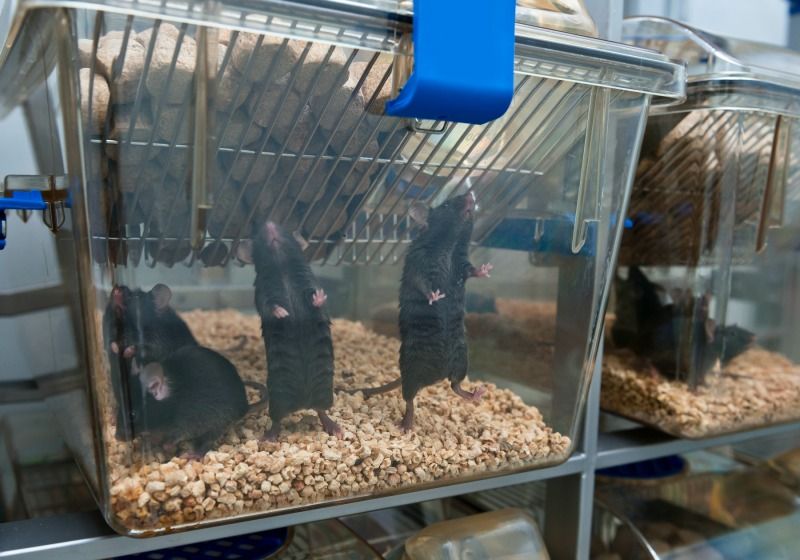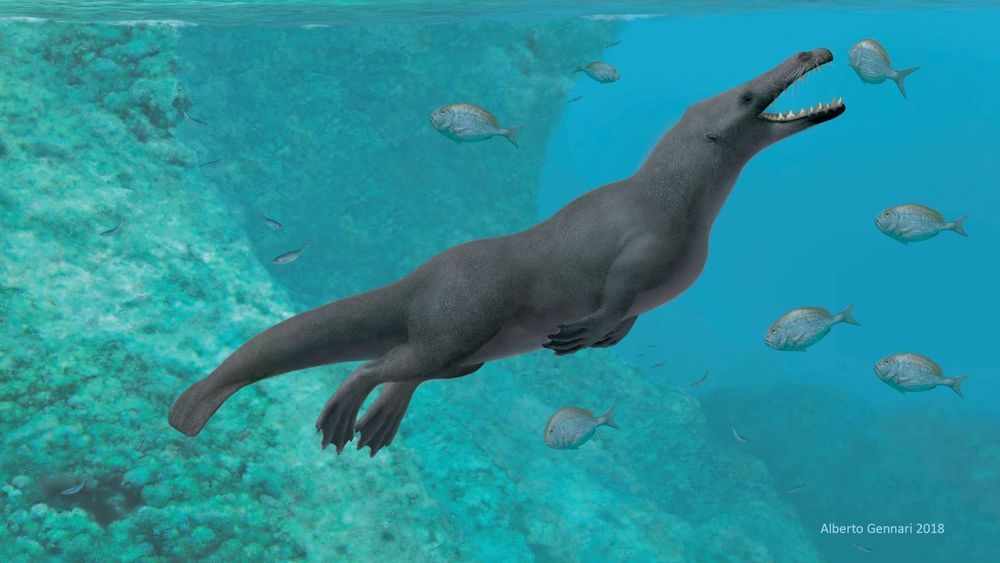Apr 24, 2019
Microbes may act as gatekeepers of Earth’s Deep Carbon
Posted by Quinn Sena in categories: biological, climatology, sustainability
Two years ago a team of scientists visited Costa Rica’s subduction zone, where the ocean floor sinks beneath the continent and volcanoes tower above the surface. They wanted to find out if microbes can affect the cycle of carbon moving from Earth’s surface into the deep interior. According to their new study in Nature, the answer is affirmatively—yes they can.
This groundbreaking study shows that microbes consume and—crucially—help trap a small amount of sinking carbon in this zone. This finding has important implications for understanding Earth’s fundamental processes and for revealing how nature can potentially help mitigate climate change.
Continue reading “Microbes may act as gatekeepers of Earth’s Deep Carbon” »
